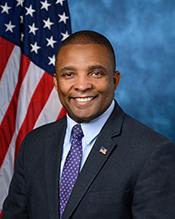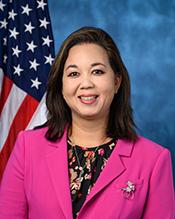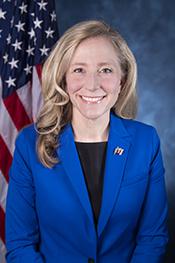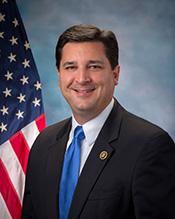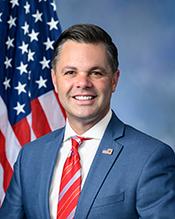0
Flooding Prevention, Assessment, and Restoration Act of 2023
2/5/2024, 3:15 PM
Summary of Bill HR 5250
In terms of prevention, the bill allocates funding for the construction and maintenance of flood control infrastructure, such as levees, dams, and stormwater management systems. This infrastructure is designed to reduce the risk of flooding in vulnerable areas and protect communities from the devastating effects of floods.
The bill also emphasizes the importance of assessing flood risk and improving flood mapping technology. By accurately mapping flood-prone areas, policymakers and emergency responders can better prepare for and respond to flooding events. The bill calls for the development of a national flood risk assessment tool to help communities identify and mitigate their flood risk. In terms of restoration, the bill provides funding for the restoration of natural floodplains and wetlands. These natural features play a crucial role in absorbing floodwaters and reducing the impact of flooding on nearby communities. By restoring and preserving these areas, the bill aims to enhance the resilience of ecosystems and communities to flooding events. Overall, Bill 118 HR 5250 represents a comprehensive approach to addressing the threat of flooding in the United States. By focusing on prevention, assessment, and restoration, the bill aims to protect communities, infrastructure, and natural resources from the devastating effects of floods.
Congressional Summary of HR 5250
Flooding Prevention, Assessment, and Restoration Act of 2023
This bill modifies Department of Agriculture (USDA) watershed programs.
The bill modifies the Emergency Watershed Protection (EWP) Program to allow USDA to undertake certain measures that go beyond addressing the immediate impairment of the watershed. Specifically, USDA may undertake measures that increase the level of protection of the watershed if USDA determines that the restoration is in the best interest of the long-term health and the protection of the watershed from repetitive impairments. (The EWP Program assists sponsors, landowners, and operators in implementing emergency recovery measures for runoff retardation and erosion prevention to relieve imminent hazards to life and property created by natural disasters.)
In addition, for Watershed Rehabilitation Program (REHAB) projects that serve a limited resource area, the bill increases the federal cost-share to up to 90% of the total rehabilitation costs. Currently, the federal cost-share for all projects is 65% of the total rehabilitation costs. (REHAB assists project sponsors in rehabilitating aging watershed dams that are reaching the end of their design life or no longer meet federal or state safety criteria or performance standards.)
USDA must also submit a national agriculture flood vulnerability report to Congress that contains the results of a conservation effects assessment project that studies flood risk on agricultural lands.
